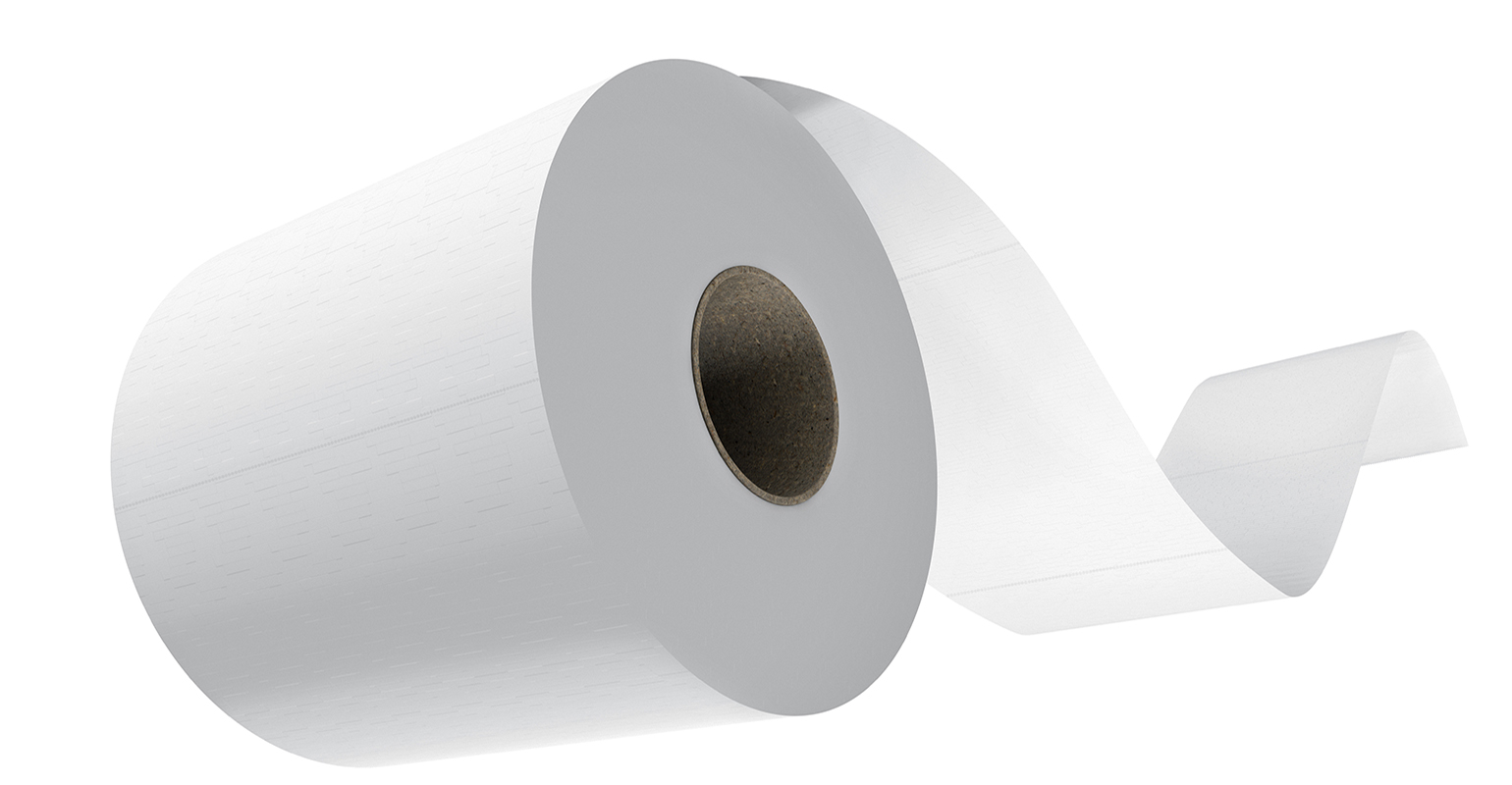
Toilet Paper Dumps PFAS Chemicals into Wastewater, Researchers Find

If and when one considers the environmental impact of toilet paper, the extravagant use of natural resources — specifically trees — immediately comes to mind. Indeed, about 184 million rolls of toilet paper are used worldwide every year, according to sustainability advocate The World Counts, which requires chopping down more than 700 million trees and using more than 1,000 tons of water and around 78 million tons of oil during the production process. But new research has unearthed yet another environmental hazard lurking between the sheets: Per- and polyfluoroalkyl substances (PFAS) — the so-called “forever chemicals.” The research was published in Environmental Science & Technology Letters on March 1 under the title, “Per- and Polyfluoroalkyl Substances in Toilet Paper and the Impact on Wastewater Systems.”
As reported in ScienceDaily on the day of the paper’s publication, the researchers gathered toilet paper rolls sold in North, South, and Central America; Africa; and Western Europe and collected sewage sludge samples from US wastewater treatment plants. They extracted PFAS from the paper and sludge solids and analyzed them for 34 compounds. “The primary PFAS detected were disubstituted polyfluoroalkyl phosphates (diPAPs) — compounds that can convert to more stable PFAS such as perfluorooctanoic acid, which is potentially carcinogenic. Specifically, 6:2 diPAP was the most abundant in both types of samples but was present at low levels, in the parts-per-billion range,” writes ScienceDaily.
Through a series of calculations and projections, the researchers ultimately found that “toilet paper contributed about 4% of the 6:2 diPAP in sewage in the United States and Canada, 35% in Sweden, and up to 89% in France.” The vast majority of PFAS that enters US wastewater systems come from cosmetics, textiles, food packaging, and so forth.
Curbing PFAS in wastewater is critical since effluent and sludge are commonly reused for irrigation and land applications, the scientists said according to coverage in The Hill.
The presence of PFAS in toilet paper is attributed to the chemical’s use as an additive during pulp production. It promotes wettability, making the process more efficient. More importantly, PFAS are instrumental in the production of fluoropolymer coatings and products that resist heat, oil, stain, grease, and water. Non-stick cookware is one very popular application.
The US Environmental Protection Agency estimates that there are about 12,000 different kinds of PFAS in existence. What they all have in common is a carbon-fluorine molecular bond, one of the strongest known in chemistry. Many PFAS chemicals, including perfluorooctane sulfonic acid (PFOS) and perfluorooctanoic acid (PFOA), are a concern because they do not break down in the environment — hence the “forever chemical” monicker — and can contaminate drinking water and bio-accumulate in fish and wildlife, according to the Centers for Disease Control and Prevention.
Animal studies have shown that large amounts of PFAS may cause a number of medical conditions. However, human health effects from exposure to low environmental levels of PFAS are uncertain, notes the CDC. As PlasticsToday columnist Allan Griff frequently points out in his articles: “How much matters.” In sharing with me the article reporting on the research published in The Hill, Griff also had this to say:
“The CDC says large amounts of PFAS may be harmful. That’s also true of sunlight, sugar, even some vitamins. But PFAS are very important to us, as fluoroplastics are the preferred processing aid for polyethylene (PE) films and coatings, including the thin layer needed to make paper ‘bottles’ and the paper juice and milk cartons. It stays with the PE but that doesn’t matter. The article [in The Hill] is a good example of how avoiding numbers is useful to the plastiphobes. ‘It has some in it’ is enough to scare the few looking for reasons. Not that it matters — I find reasons and still get ignored. Reasons are too scary to them.”
If, on the other hand, you are not afraid of science and reason, you may want to dive into some of Griff’s reflections on plastiphobia:
“Plastics Are Inert, Indigestible, Non-Toxic, and Widely ‘Myth-Understood’“
“An Open Letter to ‘Plastiphobes’ about the Material You Love to Hate“

Leave a Reply